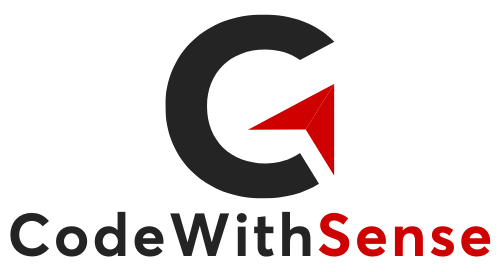The rise of remote work has reshaped how businesses operate, and in 2025, remote development teams have become a critical asset for companies looking to maximize efficiency. With advanced collaboration tools, optimized workflows, and strategic management approaches, businesses can harness the full potential of remote development teams. In this blog, we’ll explore the best practices for Remote Development Team Management, the tools to enhance Remote Team Collaboration, and strategies for Optimizing Remote Work to improve productivity.
The Future of Remote Work in 2025
The shift to remote work is no longer a trend; it’s a standard practice. With the growing demand for tech talent worldwide, companies are increasingly relying on remote development teams to access a global talent pool. As businesses continue to adapt, new technologies and refined management strategies are paving the way for more efficient and productive remote operations.
According to industry reports, companies that embrace remote work models experience increased employee satisfaction, higher productivity, and cost savings. The key to success lies in having the right tools and processes in place to streamline communication, collaboration, and project management.
Key Strategies for Effective Remote Development Team Management
Managing a remote development team requires a structured approach to maintain productivity, engagement, and efficiency. Here are some key strategies:
1. Establish Clear Communication Channels
Effective communication is the backbone of any successful remote team. Utilize multiple communication channels such as Slack, Microsoft Teams, or Zoom to ensure seamless interactions. Regular stand-up meetings and asynchronous updates help keep everyone aligned and informed.
2. Set Clear Goals and Expectations
Defining roles, responsibilities, and objectives is essential for remote teams. Use project management tools like Jira, Trello, or Asana to create transparent workflows and track progress. Setting measurable Key Performance Indicators (KPIs) can also help teams stay on track.
3. Foster a Collaborative Culture
Encourage collaboration by promoting open discussions and feedback. Team bonding activities, virtual meetups, and informal check-ins can help build strong relationships and keep team members engaged.
4. Leverage Time Zone Differences
Instead of viewing time zone differences as a challenge, leverage them to maintain a continuous workflow. Assign tasks strategically to ensure work progresses around the clock, maximizing productivity.
5. Provide Continuous Learning and Development
Remote developers should have access to ongoing training and upskilling opportunities. Offering workshops, certifications, and knowledge-sharing sessions helps keep the team updated with the latest industry trends.
Best Tools for Remote Team Collaboration
Choosing the right tools can significantly enhance remote development efficiency. Here are some top Remote Team Collaboration Tools that can streamline workflows:
1. Project Management Tools
- Jira: Ideal for software development teams to track sprints and issues.
- Trello: A user-friendly tool for task management.
- Asana: Great for organizing workflows and deadlines.
2. Communication Platforms
- Slack: Provides instant messaging and integrations with other productivity apps.
- Microsoft Teams: Offers chat, video calls, and document collaboration.
- Zoom: Essential for video conferencing and team meetings.
3. Code Collaboration and Version Control
- GitHub: Enables version control and seamless code collaboration.
- GitLab: A robust DevOps platform for software teams.
- Bitbucket: Provides repositories and integrations with CI/CD pipelines.
4. Time Tracking and Productivity Tools
- Toggl: Helps track work hours and project time allocation.
- Clockify: A free time-tracking tool for remote teams.
- RescueTime: Analyzes work habits to improve productivity.
How to Optimize Productivity in Remote Development Teams
Maximizing Productivity in Remote Development requires more than just using the right tools. Companies must create an environment that enables developers to do their best work while maintaining a healthy work-life balance.
1. Implement Agile Methodologies
Agile methodologies like Scrum and Kanban enhance productivity by breaking projects into manageable tasks. Conducting daily stand-ups and sprint planning sessions keeps teams focused and aligned.
2. Reduce Unnecessary Meetings
While meetings are crucial, excessive meetings can disrupt deep work. Implement a “no unnecessary meetings” policy and use async communication methods like recorded updates or shared documents when possible.
3. Encourage Deep Work and Focus Time
Allow developers to work uninterrupted for extended periods to enhance efficiency. Tools like Focus Booster and Pomodone can help manage focus time effectively.
4. Regular Performance Reviews
Frequent check-ins and performance evaluations ensure team members receive constructive feedback, allowing them to improve and grow. Use data-driven insights to track productivity and make informed decisions.
The Road Ahead: Remote Work in 2025 and Beyond
The Future of Remote Work 2025 is set to be more dynamic and technology-driven. Advancements in AI, automation, and virtual collaboration tools will continue to enhance the remote work experience. Businesses that invest in flexible, remote-friendly work environments will gain a competitive edge by attracting top talent and increasing operational efficiency.
By implementing effective Remote Development Team Management strategies, leveraging the best Remote Team Collaboration Tools, and Optimizing Remote Work, companies can maximize efficiency and thrive in the evolving digital landscape. The key is to remain adaptable, embrace innovation, and continuously refine remote work processes for sustained success.











